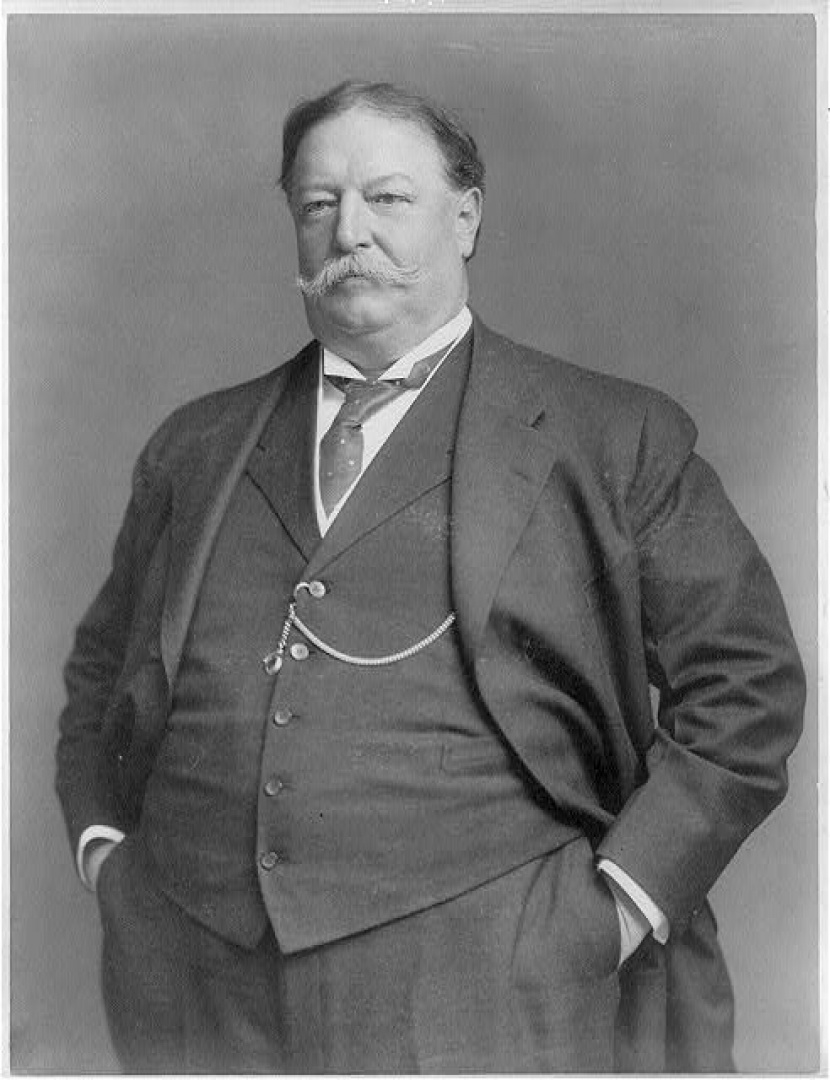Was William Howard Taft A Good President? An In-Depth Analysis
William Howard Taft, the 27th President of the United States, served from 1909 to 1913, and his presidency remains a topic of debate among historians and political analysts. Many people question whether Taft was a good president, especially when compared to his predecessor, Theodore Roosevelt, and his successor, Woodrow Wilson. In this article, we will explore Taft's presidency, examining his policies, achievements, and failures to determine whether he deserves a favorable place in American history.
In the following sections, we will delve into various aspects of Taft's presidency, including his domestic policies, foreign affairs, and the significant events that shaped his time in office. We will also consider Taft's personality and leadership style, as these factors contributed to how he was perceived by the public and historians alike. Finally, we will summarize our findings and provide insights into why Taft's legacy continues to be relevant today.
Join us as we embark on this exploration of William Howard Taft’s presidency. By the end of this article, you will have a clearer understanding of whether Taft’s time in office can be deemed successful or if it falls short of expectations.
Table of Contents
- 1. Biography of William Howard Taft
- 2. Domestic Policies
- 3. Foreign Affairs
- 4. Significant Events during Taft's Presidency
- 5. Leadership Style and Personality
- 6. Public Perception and Legacy
- 7. Conclusion
- 8. Call to Action
1. Biography of William Howard Taft
William Howard Taft was born on September 15, 1857, in Cincinnati, Ohio. He was the son of Alphonso Taft, a prominent lawyer and politician. Taft attended Yale University, where he graduated second in his class in 1878. He then went on to study law at the Cincinnati Law School and began his career in public service.
Personal Data and Biodata
| Detail | Information |
|---|---|
| Full Name | William Howard Taft |
| Date of Birth | September 15, 1857 |
| Date of Death | March 8, 1930 |
| Political Party | Republican |
| Presidential Term | 1909-1913 |
| Predecessor | Theodore Roosevelt |
| Successor | Woodrow Wilson |
2. Domestic Policies
Taft's domestic policies were characterized by a focus on trust-busting, tariff reform, and labor relations. He inherited the progressive agenda from Roosevelt but often took a more conservative approach.
Trust-Busting Initiatives
One of Taft's most notable achievements was his aggressive stance on antitrust enforcement. His administration filed more antitrust lawsuits than Roosevelt's, including the famous case against U.S. Steel, which caused a rift between him and Roosevelt.
Tariff Reform
Taft's support for the Payne-Aldrich Tariff Act of 1909 led to widespread dissatisfaction among progressives. The act raised tariffs on many goods, which contradicted Taft's campaign promise to lower tariffs.
Labor Relations
Taft's administration attempted to mediate labor disputes, often siding with businesses. His handling of the 1911 Triangle Shirtwaist Factory fire and the subsequent labor strikes raised questions about his commitment to labor rights.
3. Foreign Affairs
Taft's foreign policy, known as "Dollar Diplomacy," aimed to extend American influence through economic means rather than military intervention.
Dollar Diplomacy Explained
This policy encouraged American businesses to invest in foreign markets, particularly in Latin America and East Asia. While it aimed to promote stability, it often resulted in resentment among local populations.
Impact on Relations with Latin America
Taft's approach to Latin America led to increased American intervention in the region, which had long-lasting effects on U.S.-Latin American relations.
4. Significant Events during Taft's Presidency
Several pivotal events occurred during Taft's presidency that shaped his legacy.
Statehood for New Mexico and Arizona
Taft signed legislation granting statehood to New Mexico and Arizona, which was a significant achievement in expanding the United States.
Supreme Court Appointments
Taft appointed six justices to the Supreme Court, including Chief Justice Edward Douglass White, which had a lasting impact on American jurisprudence.
5. Leadership Style and Personality
Taft's leadership style was often described as cautious and deliberative, which contrasted sharply with Roosevelt's more dynamic approach.
Personality Traits
Taft was known for his affable nature, but he struggled with the demands of the presidency, particularly in managing political factions within his party.
Challenges Faced
His inability to unify the Republican Party ultimately led to a split that benefited the Democrats in the 1912 election.
6. Public Perception and Legacy
Public perception of Taft has evolved over time. Initially viewed as a failure, recent scholarship has reassessed his presidency more favorably.
Historians' Opinions
Many historians now regard Taft as a capable administrator who faced insurmountable challenges during his presidency.
Modern Reassessment
Today, Taft is sometimes seen as a transitional figure who set the stage for more progressive reforms under Wilson.
7. Conclusion
In summary, William Howard Taft's presidency was marked by significant accomplishments and notable failures. His aggressive trust-busting efforts, combined with his controversial tariff policies, created a mixed legacy. While he may not have been the most dynamic president, his contributions to American governance and law cannot be overlooked.
8. Call to Action
What do you think about William Howard Taft's presidency? Share your thoughts in the comments below! If you found this article informative, consider sharing it with friends or reading more about other U.S. presidents on our site.
Thank you for taking the time to explore the legacy of William Howard Taft with us. We hope to see you back for more engaging discussions on American history!
Freediving Deep: Exploring The Depths Of The Ocean
Conn Smythe Trophy: A Comprehensive Guide To The Prestigious NHL Award
Kmet Stats: An In-Depth Analysis Of Player Performance And Metrics


